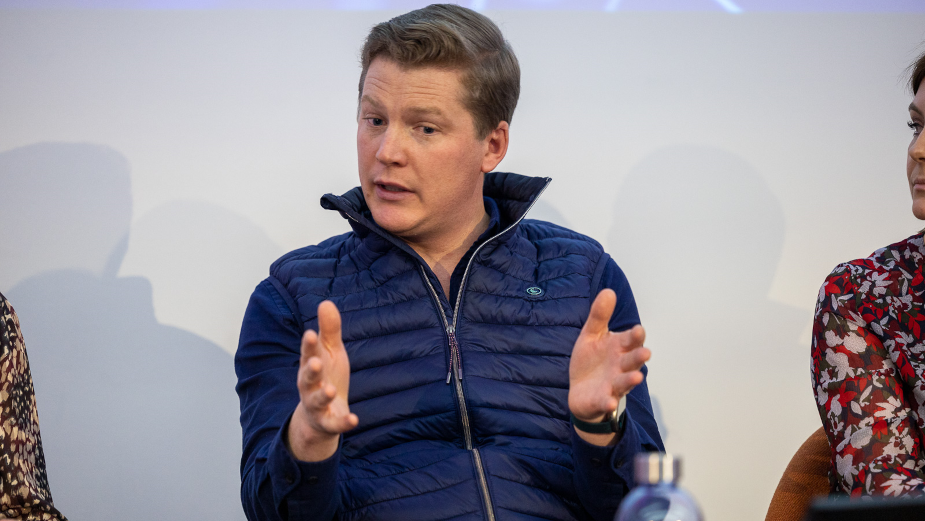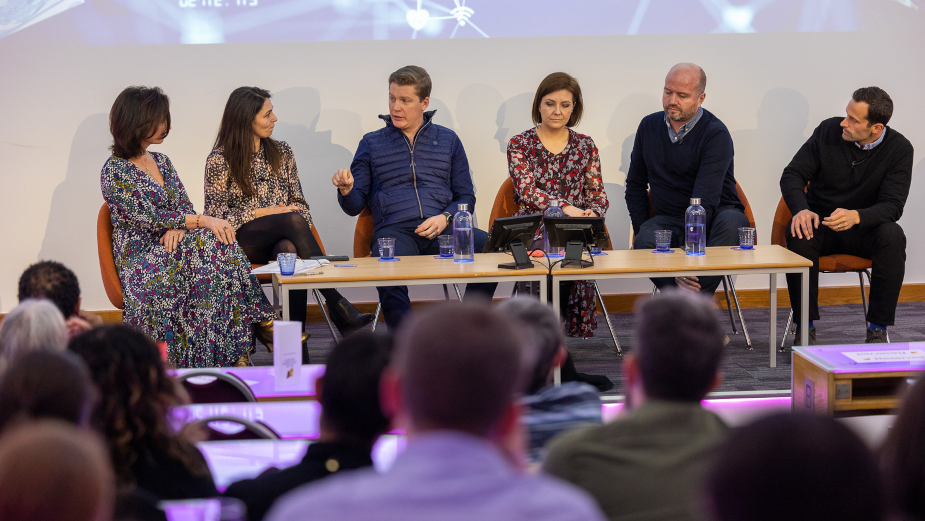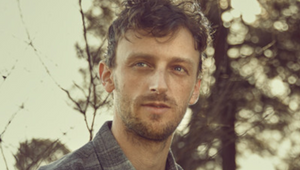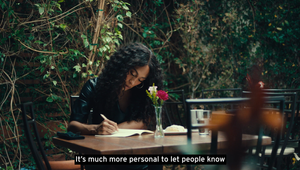
Brand Funded Entertainment: Is This the Future of Advertising?

Energy was high, demand for answers intense, questions came in rapid fire and a thin line was walked between digital and traditional filmmakers. What was this high-octane event you ask? A recent debate hosted by the Royal Television Society discussed whether brand funded entertainment is the next generation of TV. A wide ranging varied and sometimes controversial topic, hosted for those in the TV industry, which arguably should not be limited to traditional broadcast TV.
I joined the session to share the digital video production point of view – at CLICKON we’ve created the perfect pairing of AI driven editing technology combined with local market crews to quickly, sustainably and cost effectively source video footage. Alongside David Granger, content director at Cinch, Adam Puchalsky, global head of content at Wavemaker, Helle Jabiri Falck, founder and chief operating officer at Biites and Katherine Marlow, senior linear branded entertainment lead at Channel 4 we discussed how brands have an ever-present opportunity to create content that audiences will engage with, and even become immersed in.
Chaired by Sam Glynne, head of EMEA, entertainment and culture marketing at United Talent Agency, we shared a variety of views from how to pitch an idea and manage stakeholders, to the economics, compliance and promotion considerations. We also looked at how to create high quality, engaging and entertaining content.

As an expert in the field, Sam Glynne shared her thoughts that, “branded entertainment can be many things. It can be an original idea or a take-over of existing and much-loved IP. It can be on any platform – broadcast, streamers, podcast, social, gaming, in real life. It can be product placement, branded content, brand storytelling… the landscape is vast and varied and open to reinterpretation in many ways.” From Red Bull TV to the Coca-Cola cup on the desk of American Idol, there are numerous iterations of the best branded entertainment that we’ve likely already encountered.
At CLICKON we often work with a variety of brands from the American Navy to Under Armour to create TV series or longer form content, and this supports the first step in the consumer journey, and where evergreen stories or long form content typically live. This is the place where you ‘suddenly’ find yourself spending time with a brand and its content – without even necessarily knowing the brand beforehand. It is an engaging storytelling discipline that leads consumers into the awareness stage or top of the advertising funnel.
So, were the key takeaways from the session? We learnt that brand funded entertainment should be:
1. Authentic
Branded Entertainment should be just that – entertaining. It is content or an experience that audiences will seek out and engage with regardless of whether or not it has been funded by a brand. It should draw people in and create a relationship with them, and should also be part of an ecosystem that is supported by a bigger advertising campaign across many platforms.
At CLICKON, we love working with brands to tell important and inspiring stories, whether that’s with personal stories from the American Navy or live beauty events on TikTok, the content considers the audience first. What do they want to see? As Adam Puchalsky put it at the Royal Television Society’s event this week: “If it’s good, I’ll watch it, it doesn’t matter who paid for it.”
Also, it’s worth building your content as a series rather than one-offs which builds predictability and consistency with your audience. This can bring them back regularly or keep them hooked for longer.
2. Collaborative and creative
Developing and producing brand funding should be a collaborative and creative process but it needs to be realistic. It’s important to consider resources, time and clearly manage the scope and expectations.
A brand can work closely with the content producers and influence storylines and casting etc. but it’s also common for brands to put editorial trust in their partners and not get too involved with the story. Setting parameters for partners and brands from the outset is essential for clarity on the scope. Take the time to outline where you can and can’t go.
It has to be a topic the broadcaster or platform is interested in and needs to be relevant to their audience. It should be organically woven into the platform or channel IP. How heavy handed you are with product placement depends on the platform and genre.
3. Direct to audience
In an increasingly privacy focussed world, branded entertainment can supply a raft of first party data and direct communication with consumers. To do this well, it’s important to speak to the audience in the right way and consider the sensibility of a production company or channel and its audience.
It offers a raft of opportunities to connect with consumers from the first broadcast transmission to the long tail achieved through a digital presence on bespoke platforms like Biites, to track engagement and interaction. It’s possible to repurpose content across both traditional and digital channels from TV ads and podcasts to Instagram stories and TikTok trends. Branded content can ultimately live forever.
4. Across a variety of channels
Branded Entertainment can exist on the streaming platforms. It’s still a more complicated journey for brands to infiltrate the worlds of Netflix and Amazon, but there are ways through unpaid product placement, acquired rather than commissioned shows, and co-marketing campaigns around the title.
We’ve been working with Lenovo on a successful series called Lenovo Late Night I.T. which initially ran across digital channels and then got picked up by Bloomberg TV. For quality and engaging content, the opportunities are abound.
As Sam Glynne shared at the event, “the best branded entertainment is a healthy and symbiotic relationship with the brand that can be scalable and returnable. And like any relationship, it has its ups and downs and you have to work hard at it.”
I whole-heartedly agree with Sam, and even take it a step further, that in the digital space brand funded entertainment is evergreen multi-purpose compelling content, which authentically connects brands with consumers through inspiring stories.













